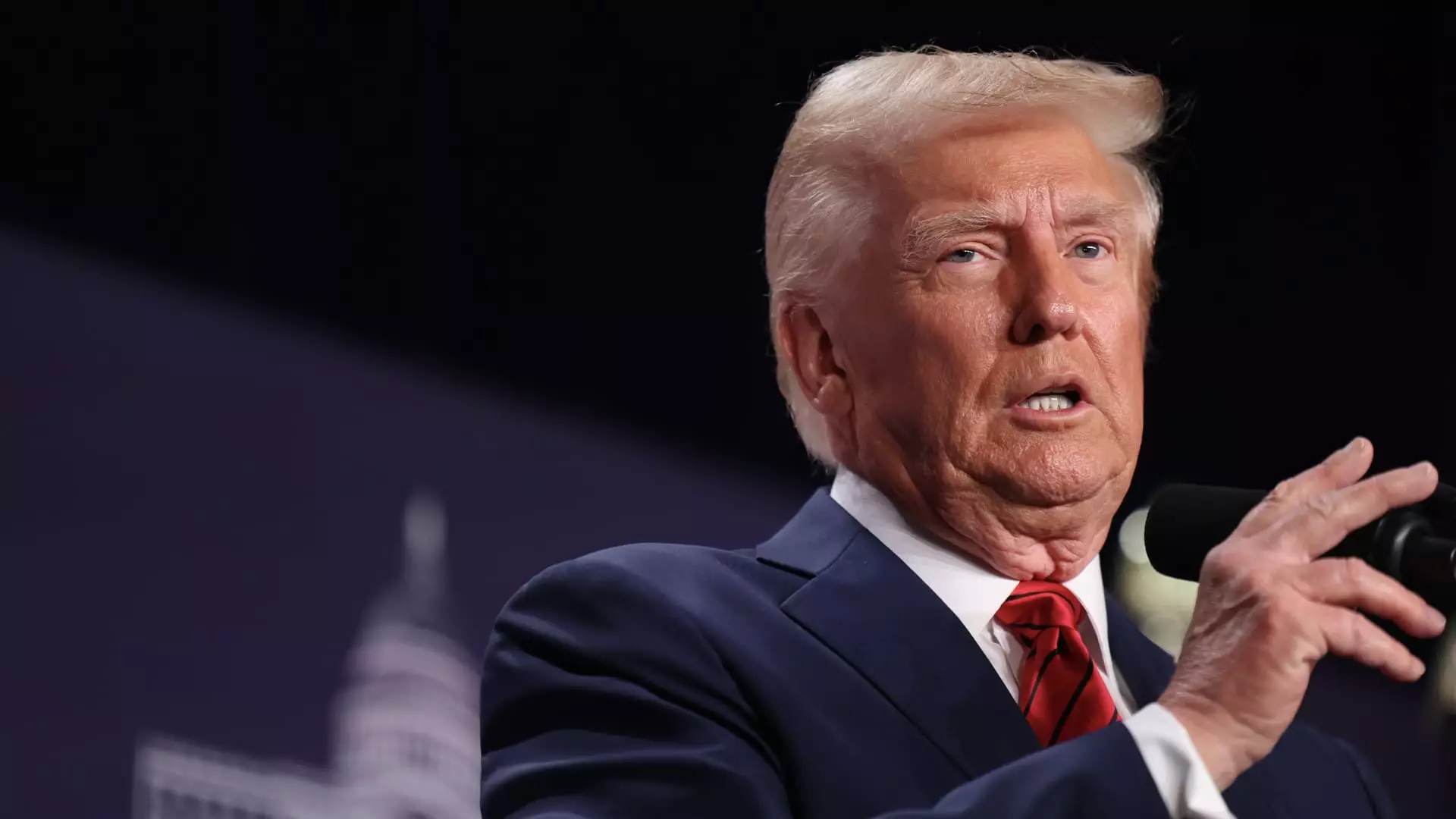In recent years, the subject of tariffs has become a focal point in U.S. economic policy discussions, particularly during the Trump administration. Initially proposed as a strategy to bolster domestic industries and protect American jobs, tariffs were introduced on a range of imported goods from nations such as Canada, China, and Mexico. The overarching aim was to achieve a favorable trade balance, but as many economists warned, the implications for American consumers and the broader economy are complex and often counterproductive.
As articulated by Mary Lovely, a noted economist at the Peterson Institute for International Economics, the consensus among experts is that the potential positives attributed to tariffs are hard to identify. With the scheduled implementation of a 25% tariff on Canadian and Mexican goods, alongside a 10% tariff on Chinese imports starting February 1, economic analysts emphasize the likelihood of adverse financial consequences for consumers. These tariffs effectively function as a tax on foreign products, creating additional expenses that businesses must absorb, leading to heightened prices for everyday goods.
The impact of these tariffs cannot be understated. American consumers will likely feel the financial pinch as businesses pass on those increased costs. From higher prices on electronics to an anticipated rise in food costs — given that a substantial portion of fresh produce and essential commodities are imported from these countries — the tariffs risk diminishing consumer purchasing power. According to Lovely, the resulting conditions could foster an environment where limited choices prevail, affecting the availability of various products on store shelves.
The questions surrounding potential exemptions from these tariffs add another layer of uncertainty. For instance, officials have suggested that certain imports, such as Canadian oil, might escape tariffs. However, such exemptions could lead to further complications, as businesses scramble to navigate the shifting landscape of import costs. Mark Zandi, a chief economist at Moody’s, indicates that while exemptions might mitigate some consumer impacts, they do not fully eliminate the broader economic implications of a tariff-heavy policy.
One of the touted benefits of imposing tariffs is their potential to generate substantial revenue for the federal government. According to estimates by the Committee for a Responsible Federal Budget, tariffs on goods from Canada, Mexico, and China could yield around $1.3 trillion in revenue through 2035. This influx could offset some of the budgetary costs associated with concurrent tax cuts. However, concurrently, economists project that such tariffs could lead to a contraction in the overall U.S. economy, estimating a sizable reduction in GDP attributed to retaliatory actions from trading partners.
The dynamic between tariff implementation and economic growth is contentious. On one hand, proponents argue that tariffs encourage domestic production and enhance job creation in specific sectors. Yet, Lovely adds a crucial dimension to this narrative by stressing that the jobs purportedly created are often outweighed by job losses in other sectors reliant on cheaper imported goods. The example of the steel industry illustrates this point: while tariffs may protect steel jobs, they potentially jeopardize a far greater number in industries dependent on steel as a raw material.
The broader implications of an aggressive tariff policy extend beyond the immediate price increases faced by consumers. Retaliation from countries like China poses a significant risk, potentially sparking a trade war that could further disrupt the market. Economists warn that international trade relations could deteriorate, placing American producers at a disadvantage in the global marketplace. China’s historical responses to tariffs, marked by their retaliatory measures in the past, underscore the precarious nature of such a trade strategy.
Moreover, the reliance on tariffs as a primary tool for economic policy raises critical questions about their effectiveness and long-term viability. While some industries might see short-term gains, the long-term ramifications could entail job losses, reduced consumer choice, and increased living costs, casting a shadow over the initial intentions behind the implementation.
As the U.S. navigates these tumultuous waters of import tariffs, it is imperative to approach this policy with caution. The emphasis must shift towards understanding the true cost of tariffs, not merely in terms of government revenue but in the context of consumer welfare and economic stability. Balancing the immediate benefits against potential long-term consequences requires nuanced and informed policymaking that prioritizes both domestic industry and consumer rights.
The path forward in U.S. trade policy remains fraught with challenges. Economists and consumers alike must remain vigilant, calling for comprehensive solutions that extend beyond transient tariff measures to ensure a robust and equitable economic landscape for all Americans. Without addressing the underlying complexities of global trade and industry reliance, the benefits of any tariff strategy could quickly evaporate, leaving the economy vulnerable to unforeseen vulnerabilities and shifts.

